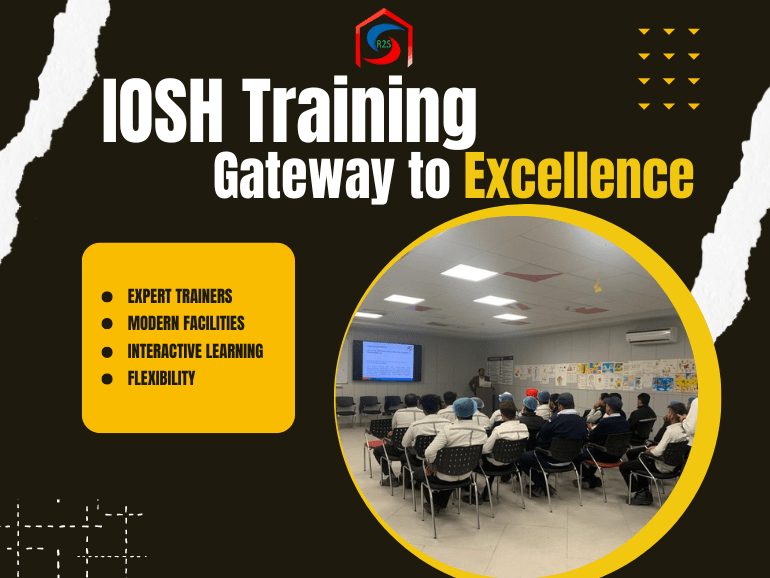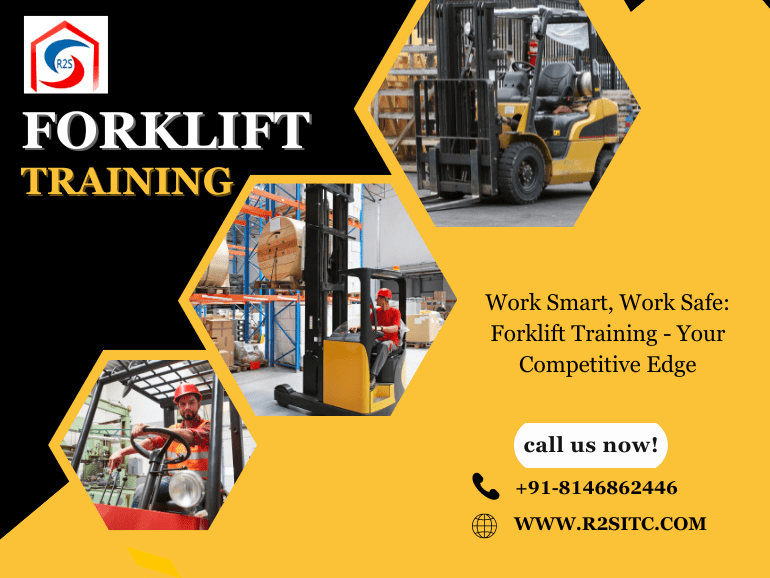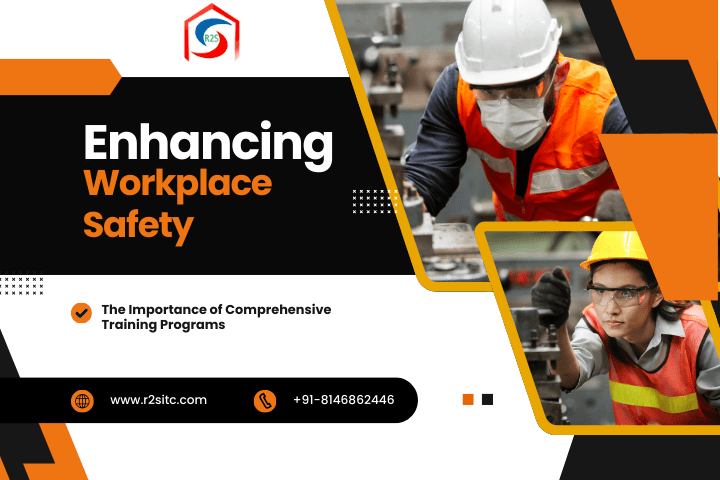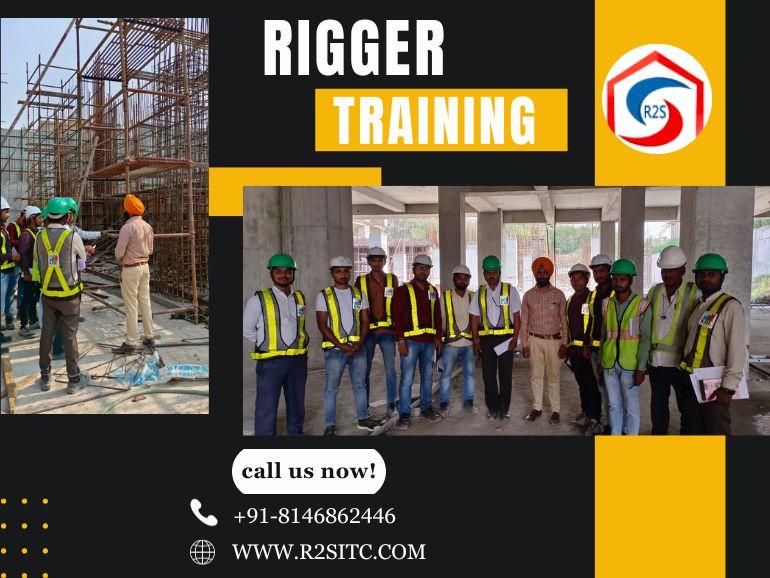IOSH Managing Safety in Punjab
Are you looking to enhance workplace safety standards and management practices in Punjab? Look no further than IOSH Managing Safety. In this blog post, we’ll delve into the details of IOSH Managing Safety, its benefits, costs, and how you can obtain certification in Punjab.
What is IOSH Managing Safety?
IOSH Managing Safety is a globally recognized training program designed to equip managers and supervisors with the knowledge and skills to effectively manage health and safety risks in the workplace. It covers essential topics such as risk assessment, hazard identification, legal responsibilities, and implementing proactive safety measures.
Why is IOSH Managing Safety Important?
Ensuring a safe and healthy work environment is paramount for organizations to protect their employees, assets, and reputation. IOSH Managing Safety provides participants with the tools and strategies to identify potential hazards, assess risks, and implement robust safety management systems. By investing in IOSH Managing Safety, businesses can reduce accidents, improve productivity, and demonstrate their commitment to safety excellence.
FAQs About IOSH Managing Safety:
-
How much does IOSH cost in India?
The cost of IOSH Managing Safety courses in India can vary depending on the training provider, location, and course format. Typically, prices range from [insert price range].
-
How much is IOSH Managing Safely?
The cost of IOSH Managing Safely courses may vary, but it’s a worthwhile investment in ensuring workplace safety and compliance.
-
How can I get an IOSH certificate?
To obtain an IOSH certificate, you must complete an accredited IOSH Managing Safety course and pass the assessment. Courses are offered by authorized training providers like R2S International Training & Consultancy in Punjab.
-
What is IOSH Managing Safety?
IOSH Managing Safety is a leading health and safety certification program designed for managers and supervisors to effectively manage workplace safety risks.
-
How long does it take to complete IOSH Managing Safety?
The duration of IOSH Managing Safety courses can vary, but they typically range from [insert duration]. Courses may be conducted in-person or online, offering flexibility for participants.
-
Is IOSH Managing Safety recognized globally?
Yes, IOSH Managing Safety is internationally recognized and respected by employers, industries, and regulatory bodies worldwide.
-
Can IOSH Managing Safety improve career prospects?
Absolutely! Holding an IOSH Managing Safety certificate demonstrates your commitment to safety leadership and can enhance your career prospects in various industries.
-
What are the benefits of IOSH Managing Safety for businesses?
Businesses that invest in IOSH Managing Safety can experience reduced accident rates, improved compliance with safety regulations, enhanced productivity, and a positive safety culture.
Conclusion
IOSH Managing Safety is a valuable investment for organizations and individuals committed to prioritizing workplace safety. With comprehensive training, certification, and ongoing support from accredited providers like R2S International Training & Consultancy, businesses in Punjab can achieve safety excellence and protect their most valuable assets—their people.
Ready to take the next step in safety leadership? Contact us today to learn more about our IOSH Managing Safety courses and start your journey towards a safer workplace in Punjab.





